Category: Wearables
-

Glass apps help autistic kids communicate
Brain Power‘s Google Glass apps and hardware help autistic kids develop social and communication skills, and provide feedback to parents. The device’s accelerometer tracks children’s head gestures when they look or don’t look at parents, as well as repetitive movements. “Social engagement module monitors” assess the child’s engagement, specifically if they are looking at a parent’s…
-
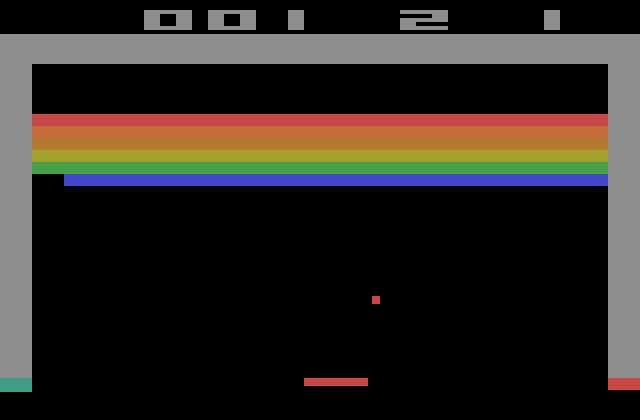
Gamified fitness with Atari classics
Atari is entering the digital health space, using classic games like Pong, Breakout & Centipede to incentivize users to participate in fitness challenges. The gamified app is called Atari Fit and includes circuit workouts and running programs. Users exercise individually or with friends while earning points to unlock Atari games. The app includes ranked leaderboards where…
-
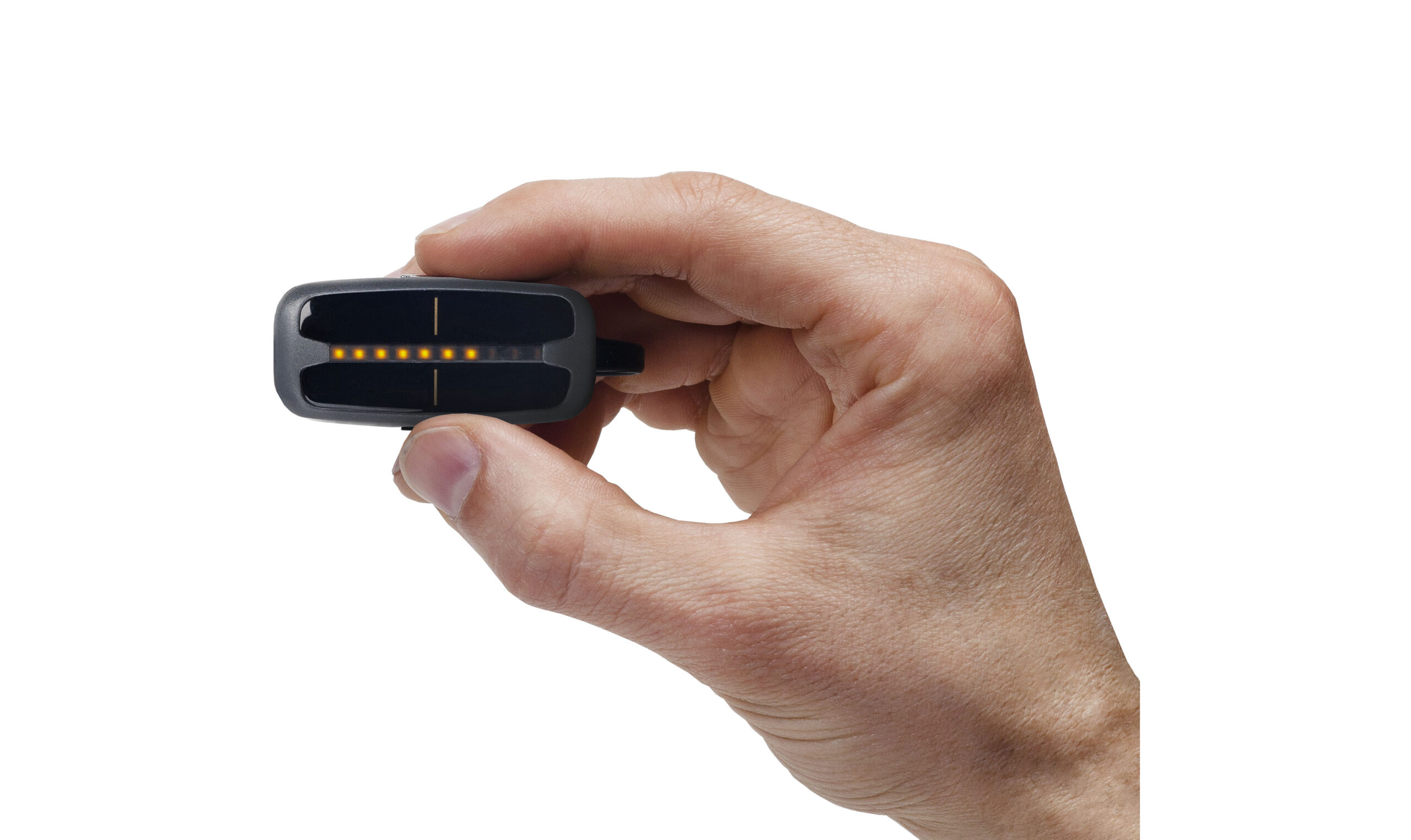
Light tracking wearable to prevent seasonal depression
As the shortest day of the year approaches, we all risk the impact of a lack of sun on our personal wellness. Bright light exposure has myriad mental health benefits, including improved mood, and enhanced digestion, energy and sleep. Studies show that light therapy is as effective as antidepressant medication, with additional benefits and no…
-
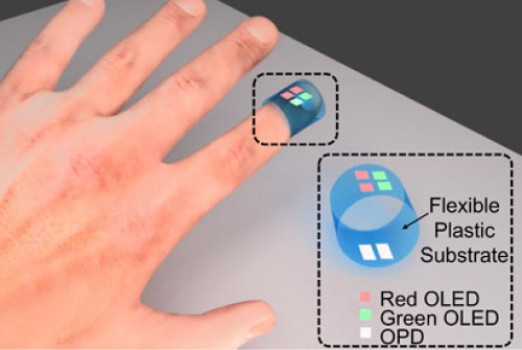
Flexible, wearable, disposable pulse oximeter
Conventional pulse oximeters use LEDs to send red and infrared light through one’s fingertip or earlobe. Bright, oxygen-rich blood absorbs more infrared light, and darker, oxygen-poor blood absorbs more red light. The ratio of the two wavelengths, determined by sensors, reveals how much oxygen is in the blood. Berkeley professor Ana Clauda Arias has built pulse oximeter…
-
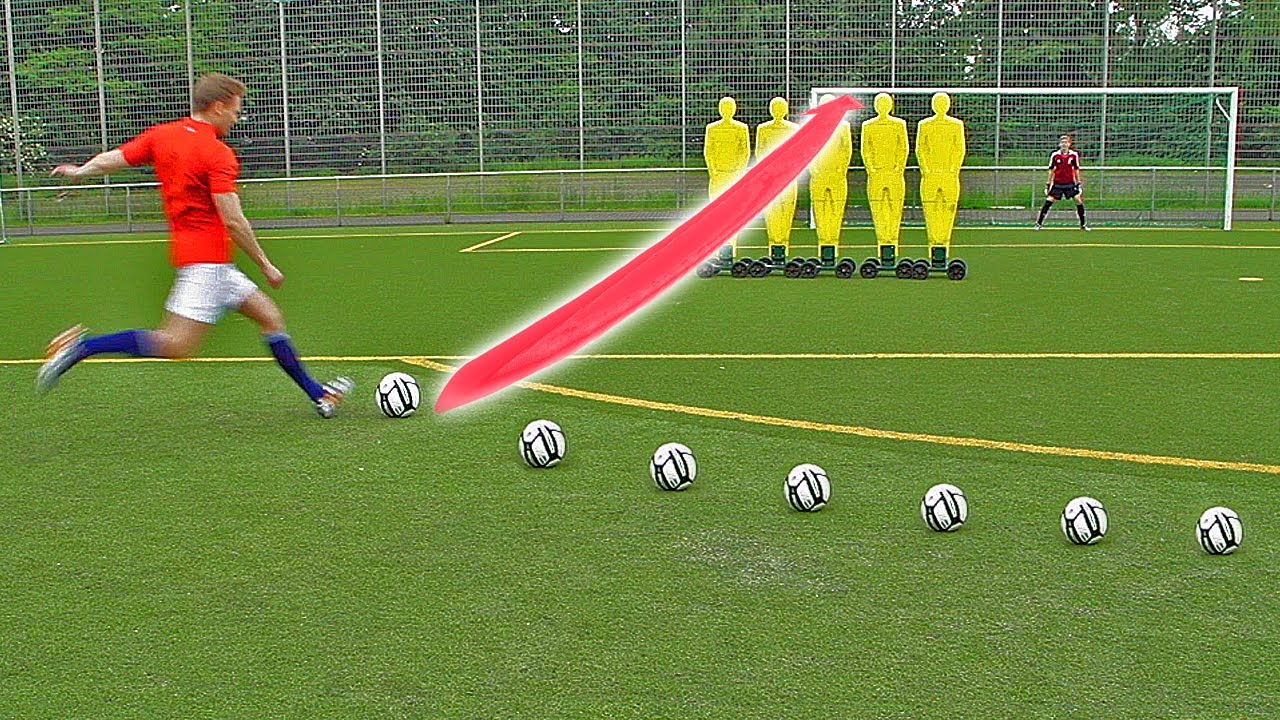
Smart sports equipment provides real-time feedback
Sports equipment with embedded sensors enable virtual coaching by analyzing performance and providing real-time feedback and training programs. A few examples follow: The Babolat Play Pure Drive tennis raquet calculates power, impact location, and type and number of strokes with a Piezo sensor in its handle. The sensor measures frame vibration and a microprocessor with…
-
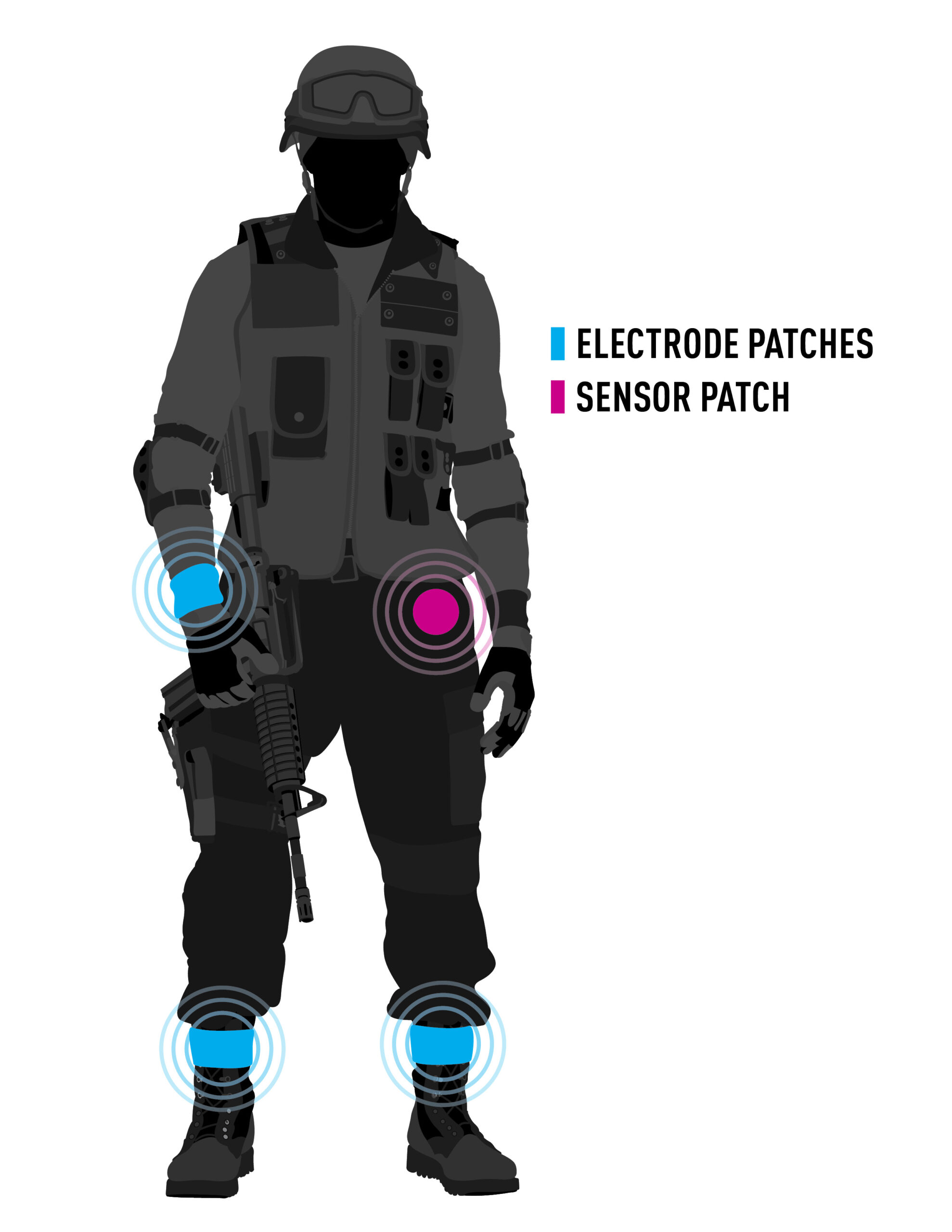
Electrode/patch system monitors physical & mental health of soldiers
University at Buffalo professor Albert H. Titus, Sentient Science, and ONR are developing technology to monitor physical and psychological stress levels of soldiers, and send alerts when distress is detected. The wireless system includes electrodes that measure heart rate, brain activity and other vital signs, and are attached to the skin adhesively or sewn into…
-

Wearable creates electric fields on scalp to treat brain tumors
Novocure, founded by Technion professor Yoram Palti, has developed a device worn on the head that creates alternating electric fields to treat brain tumors. The company announced that in a phase III clinical trial, its technology, in combination with standard chemotherapy, extended the lives of patients. Novocure claims that it “slows and reverses tumor growth by inhibiting…
-
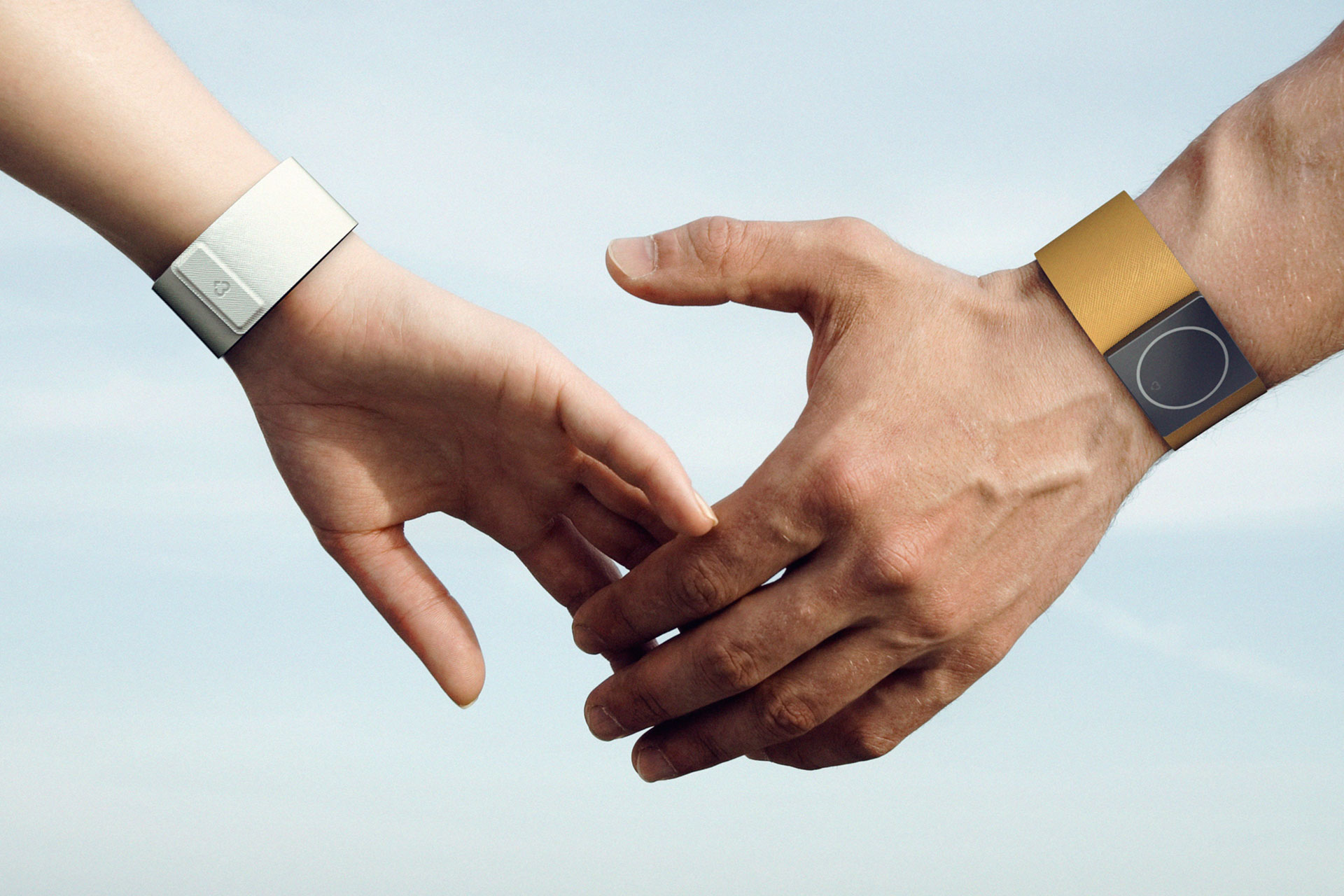
Skin conductance based wearable detects seizures
Embrace by Empatica is a sleek, crowdfunded wearable that detects epileptic seizures. It also tracks movement, sleep, and stress. The technology is based on Rosalind Picard‘s 2008 study showing that seizures produce high levels of skin conductance. Other seizure logging wearables focus on accelerometer tracked motion. Empatica believes that Embrace more accurately measures seizures by combining…
-
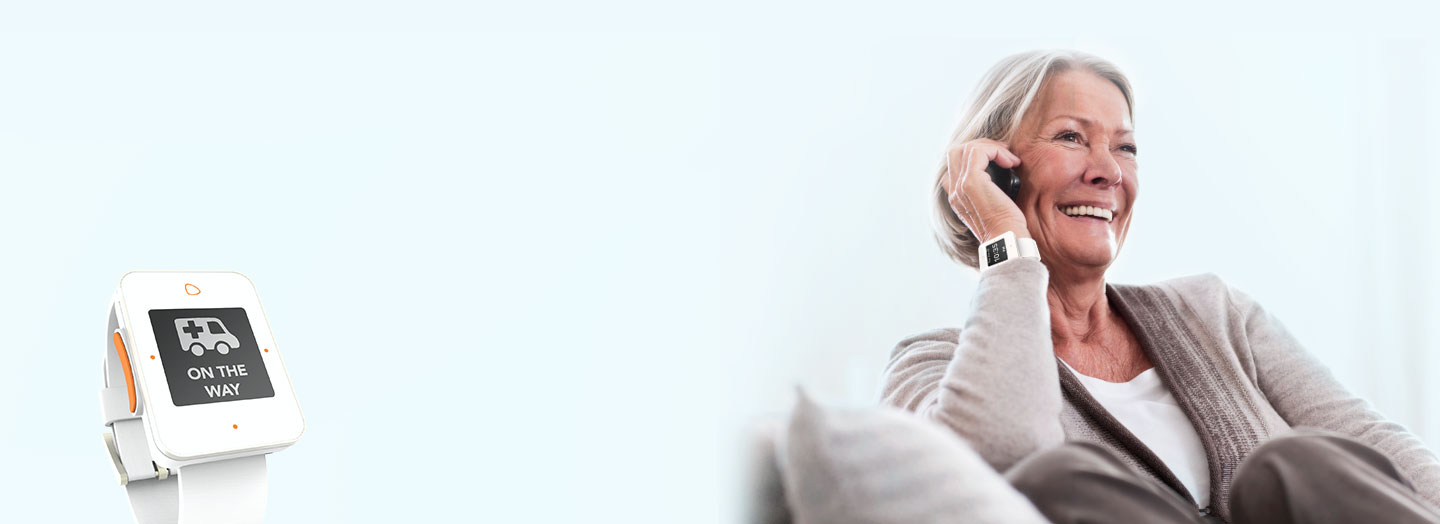
Another smartwatch for seniors
Device makers continue to address the phenomenon of seniors living longer, and independently aging in place. Lively, who last year crowdfunded a senior monitoring sensor system that operates independently of a Wi-Fi network, has released a smartwatch. It relies on the Lively Hub, with its own cellular network. The watch gives medicine reminders, or alerts when medicine…
-
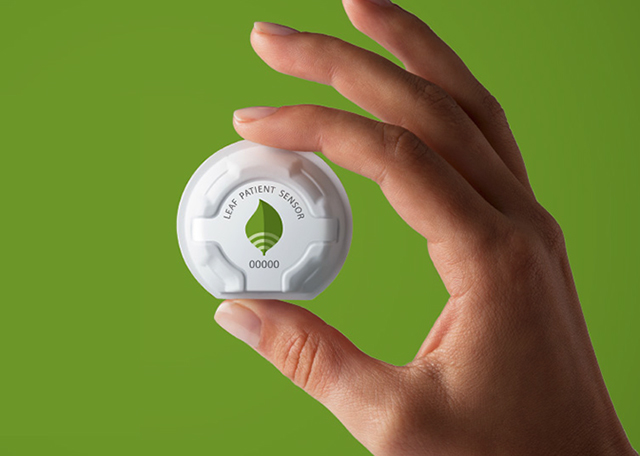
Pressure ulcer prevention sensor
Pressure ulcers are a sad reality in hospitals, causing pain, infections, and worse. Hospitals struggle to determine when a patient must be moved for prevention. The Leaf patient sensor automates and prioritizes turning schedules for large groups of patients. Its tri-axial accelerometer monitors patient position, alerts when assisted turns are necessary and confirms that adequate turns…
-

Samsung moves from fitness tracking to health monitoring
Samsung’s Simband represents the company’s shift from fitness tracking to health monitoring, allowing medical startups and researchers to develop sensor applications. Simband is equipped with six sensors: electrocardiogram, photoplethysmogram, galvanic skin response, accelerometer, and thermometer. Developers can also add proprietary sensors. The wearable’s three main functions are called “trends,” “monitor,” and “spot check.” Trends displays one’s data…
-
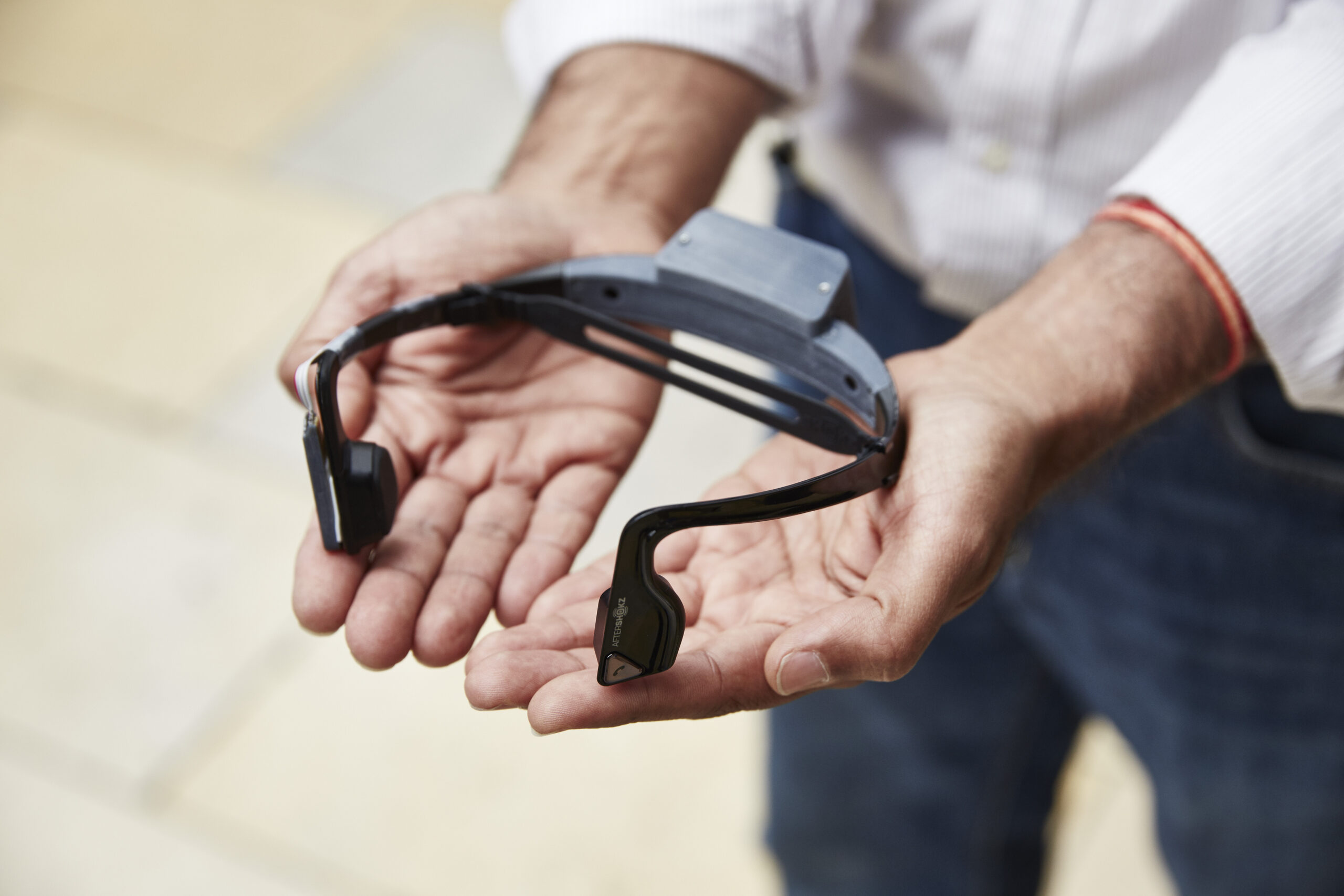
Bluetooth headset guides the visually impaired
Microsoft is collaborating with Guide Dogs for the Blind and AfterShokz on Cities Unlocked, a prototype headset, smartphone and navigation system for the visually impaired. The technology helps a user find his/her way, describes potential hazards, such as low-hanging trees, and highlights attractions, including restaurants, on the route. The headset uses bone-conducting audio that does not…